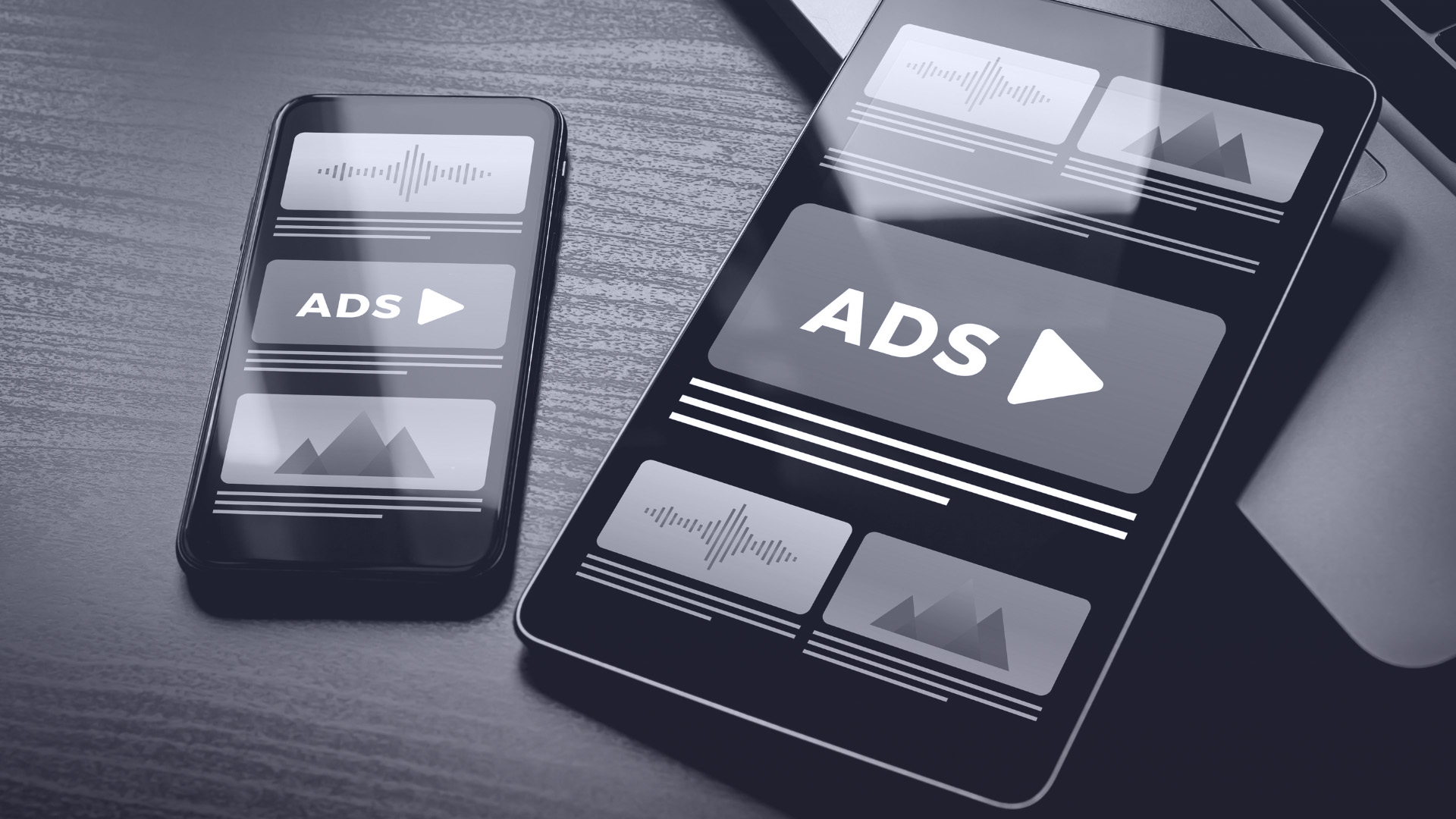Interested to find out more about how our contextual advertising can help you boost your brand?
For Advertisers For PublishersGet the latest news about Contextual Advertising right into your inbox!
They say, a picture is worth a thousand words; holds mighty true in today’s world where the human attention span hovers around the 8-second mark. Users encounter numerous ads as they surf through the digital world, making it impossible for text-heavy formats to garner many eyeballs.
The human brain processes images 60,000 times faster than text, and 90% of the information transmitted to the brain is visual. From a human perspective, visualization works best as we respond and process it better than any other type of data. The human brain can recognize a familiar object within 100 milliseconds, and a study by MIT estimates that just 13 milliseconds are sufficient to recognize even unfamiliar images.
Marketers have access to myriad formats like full image, in-image, and videos, to garner one of the most valuable resources of the digital age, attention. Engaging visuals and succinct messaging capture consumer attention and leave a lasting impact.
Win big in the attention economy with the right blend of content and context
Nike, Apple, Budweiser, and Coca-Cola are a few brands that have nailed advertising campaigns that struck a chord and left the world talking for years. That’s the power of creativity.
Creativity plays a crucial role in capturing attention in a digital landscape where consumers are bombarded with information and messages. In a crowded marketplace, ads that are unique, imaginative, and distinctive help brands distinguish themselves and attract attention. Images or videos that are visually appealing are more likely to be shared and remembered. So, add to the mix striking visuals and innovative designs, and that’s an ad strategy that can capture attention quickly.
Contextual advertising enhances the effectiveness of capturing attention by tailoring ads to the specific context of a user's current line of interest. It leverages Artificial Intelligence (AI) to analyze the content and context of web pages, and places ads in the most optimal locations without using any third-party cookies. Since the ads align with the content users are currently engaging with, they are more relevant and personalized, thus increasing engagement.
Contextual advertising uses deep learning, computer vision, and natural language processing to aggregate insights that enable brands to target specific audiences by understanding the context in which the content will appear. Context relates to the content a user is currently consuming making ads more broadly applicable and effective than relying on individually identifiable signals.
Contextual AI can also provide contextual creatives that resonate with users and capture their attention. There are various formats that advertisers can choose from, such as in-article, in-image, and in-video. Using contextual signals, Dynamic Placement Optimization (DPO) ascertains the most suitable location to place the ads.

The power of creativity: Metrics in the attention economy
Attention metrics provide more information for quality arbitrage, and help make smarter decisions. Vendors like Lumen and Adelaide are judging the quality of media based on the probability of attention given by any person to a creative placement. While it may not be considered a media currency yet, measuring creative and placement effectiveness based on the attention amassed is a fair assessment to get insights.
Attention time is a crucial metric that advertisers are closely monitoring in today’s attention economy. Attention time refers to the amount of time a user or consumer spends actively engaged with or paying attention to a particular ad. Relevance, creativity, format, placement, etc. all have a significant impact on this metric.
Research shows that in-image ads are 4x more effective while in-video ads are 6.7x more effective in maintaining attention. Common display ads have 1.5 seconds of viewer attention as against in-image ads at 6 seconds. Regular video ads have 0.6 seconds average viewer attention while in-video ads get 4 seconds.
According to Lumen’s research, as the view time for an advertisement increases, more impressions are converted into sales. For example, an ad that was viewed for 3 seconds was converted to a sale on 50% of occasions. For brands and marketers serving ads, every second counts. Contextual ads have greater engagement rates, boost impressions and brand recall, and help build a memorable and consistent brand identity.
Leveraging consumers’ natural inclination to look at imagery and acing ad placement with context has a direct impact on the bottom line and sales numbers. In-image contextual ads get noticed 3.5 seconds faster and drive attention 3.4 seconds longer. They also have a 4x stronger breakthrough and 3.9x higher purchase intent. These numbers further rise for in-video ads.
The future of Attention Economy
Going a step further, leveraging GenAI capabilities can further strengthen contextual targeting strategies. At Seedtag, we utilized the powers of GenAI and launched a capability that gives brands and agencies the capacity to build tailored creatives based on the context of the surrounding page-level content.
With GenAI, advertisers can create more sophisticated creatives that perfectly match the context of the content in an article or web page. Our contextual AI platform’s Deep Learning, Computer Vision, and Natural Language Processing capabilities enable it to understand the desired outcome of a campaign and creates prompts to modify the original creative to optimize for the best possible outcome.
The combination of GenAI and contextual advertising will empower brands to not just create stellar creatives, but ensure that they are relevant to the context in which they’re served. By create campaign creatives that seamlessly integrate with the context in which they are displayed, brands can win the attention battle and drive better results.
Get in touch to know more about our exclusive GenAI capabilities for contextual advertising.









